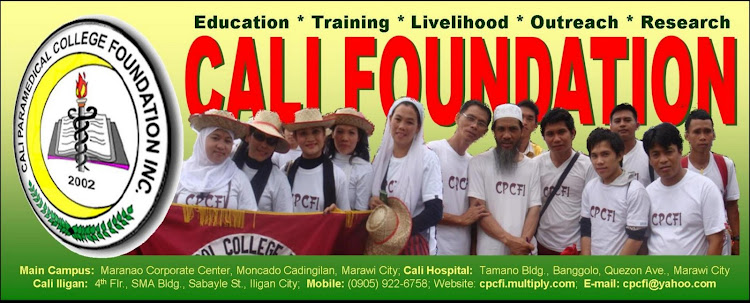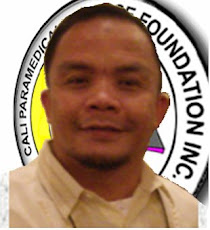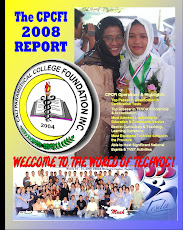
5-YEAR REPORT REVEALS STRATEGIC OPPORTUNITIES BEYOND SCHOOL SYSTEM
The summed-up educational outcome from the years 2002-2008 are all signifying qualitative achievements. It was found out that the quantity aspect especially on the number of students, lagged behind unattended. While it is believed that quantity comes next to quality, the state of imbalance in the past 5-year experience of the Cali school was serious enough that created negative implications. The persistence of this problem must have caused by inherent flaws in the quality system itself.
QUANTITATIVE DEVELOPMENT MUST FOLLOW
The recorded population in all levels average to about 420 students a year or a total of 2,090 in a 5-year operation. This output is complimented by sporadic charitable services accounting to more than 6,000 estimated total beneficiaries (See The CPCFI AY 2007-2008 Report, page 8, Table 3). To such, the CPCFI essentially operates as a charitable organization rendering more outreach services to the community rather than being a school. However, its school operations remain in regular basis and it made efforts to incorporate outreach as academic exercise. This situation explains the quantitative educational outcome a result of strong influence from the institutional handler, the president and originator Dr. Camal Cali, in continuance of the century old legacy of their family in public service.
The program thrusts in the past should be redirected to make the educational operation in forefront agenda. Charitable outreach shall serve the educational services in accordance to the requirements of learning process. Given the limited sources of funds and the insurmountable budget deficits accrued, the number of students and the payment generated from the non-scholars must be raised up to the point of self-sufficiency. By then, program to capture the market of enrollees must be emphasized. This should be expressed in public information campaign suffice to reveal the educational qualities of the school.
A paradigm shift must be enforced immediately to arrest the critical condition of budget. There must have decisive interventions and support mechanism to be employed in at least the first year transition. These interventions must start from the top policy-making down to the particular program implementation. The redirection and transformation must address the areas of administrative system and operation, the funding requirements and its generation, the number of personnel and the kind of qualities suffice for human resource development, the kind of program and program thrusts appropriate to the rectified direction setting, and lastly, the Institutional competitiveness, advertising and promotion.
The program thrusts in the past should be redirected to make the educational operation in forefront agenda. Charitable outreach shall serve the educational services in accordance to the requirements of learning process. Given the limited sources of funds and the insurmountable budget deficits accrued, the number of students and the payment generated from the non-scholars must be raised up to the point of self-sufficiency. By then, program to capture the market of enrollees must be emphasized. This should be expressed in public information campaign suffice to reveal the educational qualities of the school.
A paradigm shift must be enforced immediately to arrest the critical condition of budget. There must have decisive interventions and support mechanism to be employed in at least the first year transition. These interventions must start from the top policy-making down to the particular program implementation. The redirection and transformation must address the areas of administrative system and operation, the funding requirements and its generation, the number of personnel and the kind of qualities suffice for human resource development, the kind of program and program thrusts appropriate to the rectified direction setting, and lastly, the Institutional competitiveness, advertising and promotion.





No comments:
Post a Comment